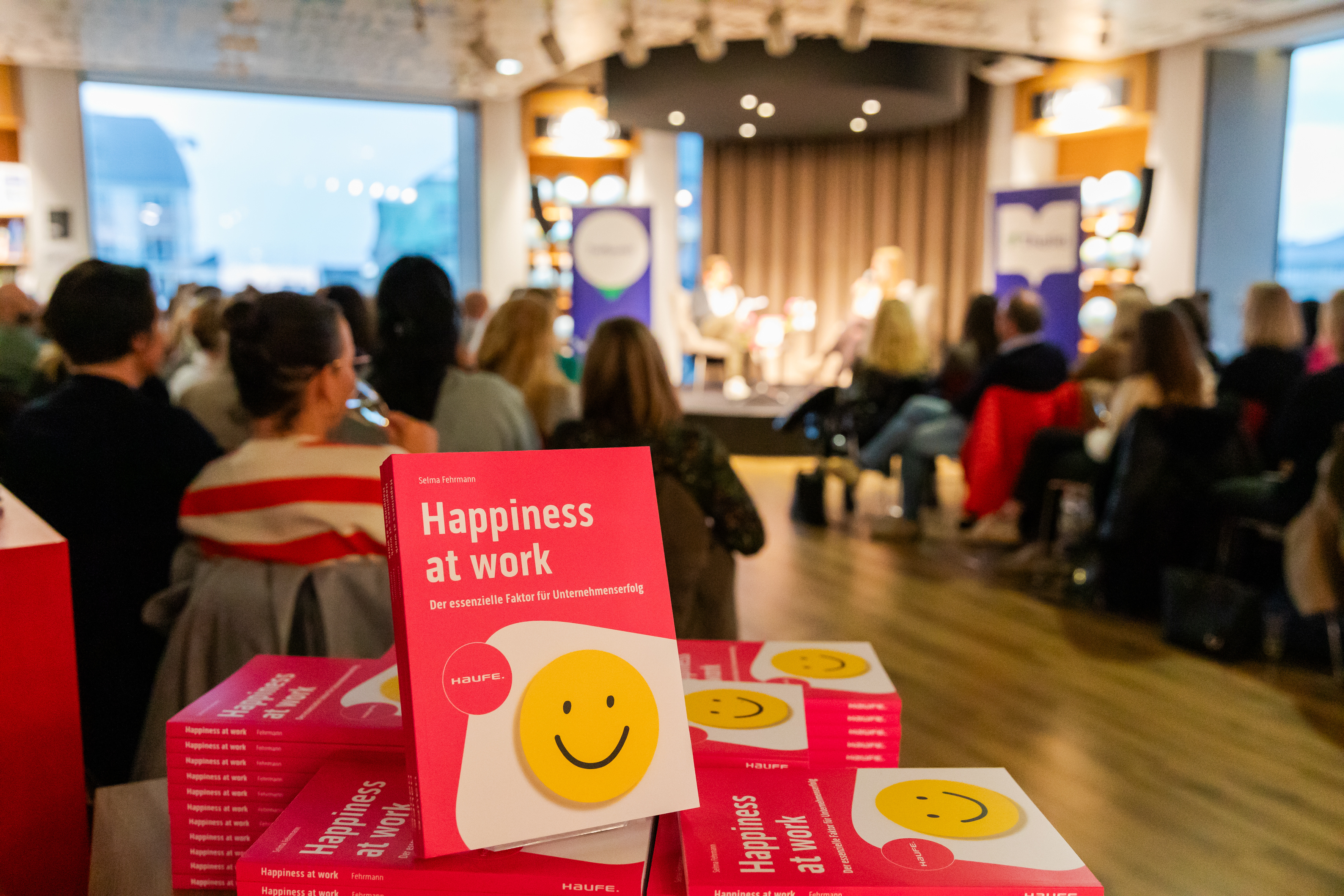
Being able to craft an organizational context where employees can work at their best is a question of competitiveness for many companies nowadays, even if they ignore it. The underlying reason is that the world has changed dramatically and in all its dimensions. Volatility, uncertainty, complexity and ambiguity characterize the economic, social, political and technological environments. And the world of work is no exception. As Mario Benedetti once said: “when we thought we had all the answers, suddenly, all the questions changed”.
New disruptive technologies emerge and threaten entire industries. As an example, some weeks ago we were celebrating my oldest daughter had taken her driver’s license when my younger son said: “I’m lucky. I will not need a driver’s license”. Few days later Citroën announced that a driverless car had made a 600-kilometer journey along a heavily-trafficked road in Spain. Of course, there is no need to remember that in the eighties drivers were an example of a non-routine job that would be difficult to automate in the future, or that last year we saw taxi drivers marching against car sharing company Uber …
In this context, where the average life of large corporations gets shorter, and new one-billion dollar firms are being created “at an insane pace”, companies need to find imaginative formulas to survive. The problem is that in today’s globalized and networked world there are no secrets: everything is known and everything can be imitated more easily than in the past, no matter whether it is technology, strategies, structures, or processes. The challenge for companies therefore is to find a sustainable source of adaptability (and competitiveness) in that hyper dynamic scenario. And that factor may be their people…
First because the human fabric is probably the organizational dimension that is most difficult to imitate, but also because, as many studies evidence, the more complex a job the larger the difference between the contribution of a high-performance person and the contribution of an average performer. And it is undeniable that we are moving towards a world of increasingly complex jobs.
That’s why many companies are investing more than before in recruitment, and analyzing a larger number of candidates in their talent acquisition processes: they know that hiring the best professionals can make a huge difference.
The result is a war for talent that gets worse for certain vacancies as the educational system is not able to generate a supply of qualified talent at the same rate that demand evolves. In consequence, companies often end up making suboptimal hiring decisions: they hire employees who aren’t as good as they’d like.
Additionally, as the business world speeds up, many companies cannot afford to do what they used to do in previous times: hire people without experience and train them using their own resources. They simply don’t have time: they need people ready to add value from day one.
For all those circumstances today it is more important than before for companies to find formulas to ensure their people work at their best, i.e. they apply to their work a higher proportion of their potential so they can achieve the best performance possible. How to do it? Therein lies the challenge.
It is key to understand that organizations today need, as Gary Hamel says, “a new hierarchy of human capacities”. Organizations need more than obedience, loyalty and expertise. They need different qualities such as initiative, creativity and interpersonal skills that have in common that people put them into action with more or less intensity depending on what is the mindset they bring to work.
Hence the growing interest among the academic and business communities in concepts such as Luthans’ Positive Psychological Capital (PsyCap), Csíkszentmihályi’s Flow, or The Science of Happiness at Work™ developed by Jessica Pryce-Jones.
Moreover, different studies, as those we have done at the iOpener Institute, show that there is a strong correlation between happiness at work and outcome indicators such as the percentage of time people are focused on their tasks, their level of energy, sick leave days, or their intention to stay in the organization. We have even discovered that, unlike their less happy colleagues, the happiest employees maintain their productivity levels even in adverse scenarios.
That is why we believe that happiness at work should be regarded as a very serious matter: because investing in it has an incontestable business logic.
Unfortunately, several surveys indicate that the levels of “engagement” at work are at a low, and the experience tells us that there are still many organizations that do not care enough about the mindset with which people work. So let me finish by proposing three ideas especially aimed at those companies who are considering the possibility of doing something on this topic of happiness at work.
The first idea: that happiness at work can be measured and managed. There are different models and constructs and various measurement and diagnostic instruments available in the market. However, the most important thing (as always) is not the data but what we do with it.
The second idea: that happiness at work is a shared responsibility between individuals and organizations. To produce change it is necessary to work in parallel at both levels, starting from both gaining awareness of where they are today, and the impact that situation may have on their results.
The third and final idea: that happiness at work is not a “one-size-fits-all”. Every person and every organization need to discover and commit to implement specific actions in line with their specific needs and goals.



SUBMIT YOUR COMMENT